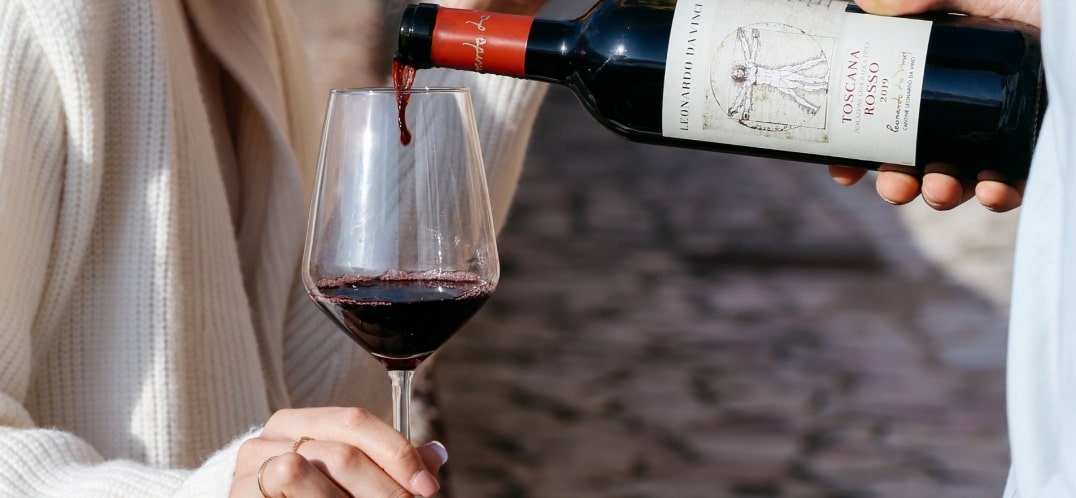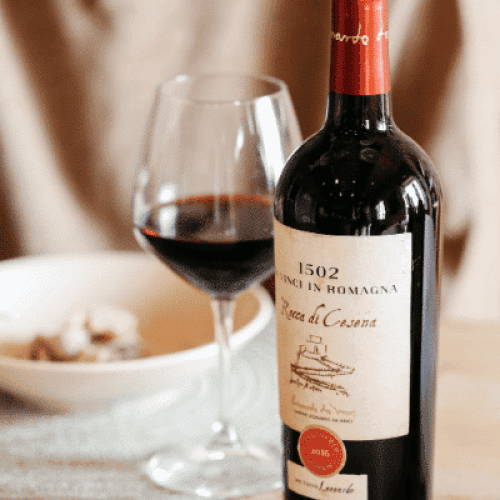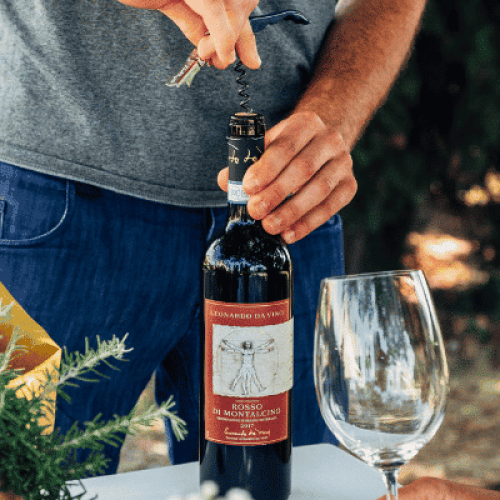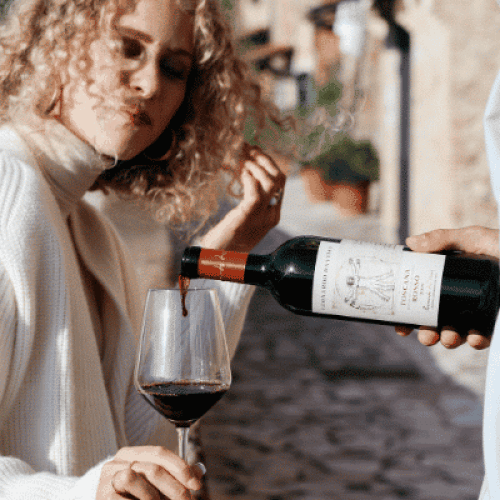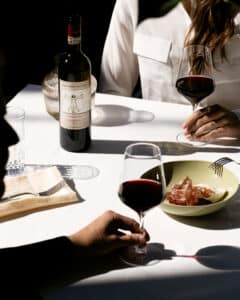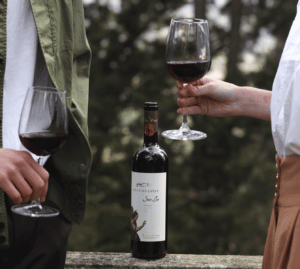“We do not meet to drink and eat”, said Plutarch, “But to drink and eat together”, precisely to underline how important the concept of conviviality between human beings is in their relationship with food and drink. Conviviality presupposes sharing and thus also the desire for exchange and dialogue. For this reason, a series of specific terminologies have been developed to describe, tell and recommend a wine. Among these words now unequivocally used in the jargon of wine is “dry“.
What is the meaning of “dry wine”?
A dry wine is defined as a wine in which the grape sugars have either completely transformed into alcohol during fermentation, or are present in minimal traces, or are not perceptible to the taste. In practice, a dry wine does not allow its sweetness to be perceived on the palate, or, rather, on the tip of the tongue where the sweet taste receptors reside. Dry wines can be white (both obtained from the vinification of white and red grapes), rosé or even red.
Usually, when choosing a bottle, you will be asked the question “dry or sweet wine”? Or “dry or fruity wine”? This is precisely because the choice is a watershed between two different categories, and also different consumption occasions.
It is not always easy, however, to perceive great full-bodied red wines as dry, because their layers and aromatic charge often confuse the precise perception, as does aging. However, wines such as Chianti and Brunello are dry wines, i.e. without sugar residues. Unequivocally dry wines are, for example, Chianti Riserva and Brunello di Montalcino from the Leonardo da Vinci collection, or the younger Chianti and Rosso di Montalcino from the I Capolavori collection.
What are the best pairings for dry wines?
The great dry reds of Cantine Leonardo da Vinci go perfectly with meat dishes, both red meat and game, prepared with elaborate stocks and sauces.
The choice of wine is a matter of taste, but also of occasions. Speaking of pairings, it should be remembered that “scholastically” we proceed with the pairing by concordance when we consider the sweetness of a wine. In practice: a sweet wine is combined with a sweet dish, a dry wine with a savory dish. It goes without saying that dry wines lend themselves to many variables of savory pairings, but they are much more difficult to match by contrast to sweets and desserts.
